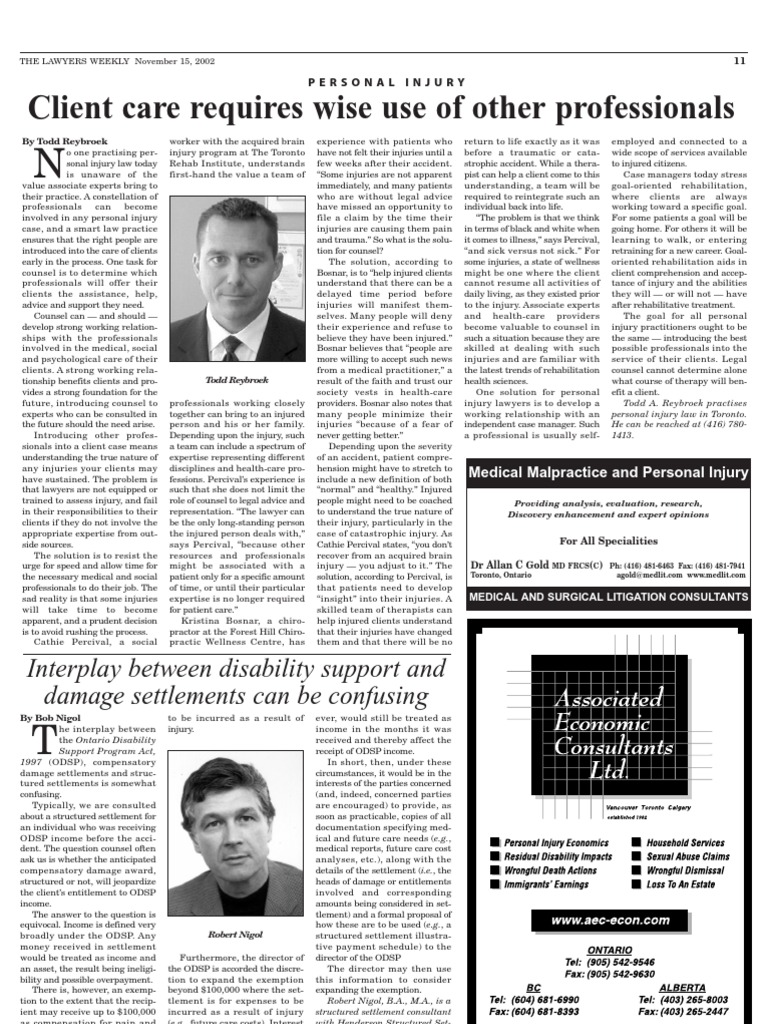Physical therapy, often regarded as a cornerstone in the rehabilitation process following physical injuries or surgeries, plays a crucial role in influencing the trajectory of recovery. Patients engaging in physical therapy not only aim to restore function but also navigate the complexities of settlements related to their health conditions. Understanding the implications of physical therapy on settlements, particularly as one approaches the three-month mark in their recovery, provides pivotal insights into both physical and financial outcomes.
As patients embark on their journey through physical therapy, they may sometimes find themselves interlinked with legal settlements due to injuries sustained in accidents, workplace incidents, or medical malpractice. At the outset, it’s essential to recognize that the nature of physical therapy treatment can significantly shape the outcome of any settlement discussions. When assessing recovery, insurance companies and legal representatives are keenly focused on objective metrics such as pain levels, mobility, and functional capacity.
The three-month period post-injury or surgery represents a critical juncture. It’s at this point that tangible improvements can be measured, and a clearer picture of the patient’s long-term prognosis emerges. Clinicians typically assess the patient’s range of motion, muscle strength, and ability to perform daily activities. This evaluation can serve as a benchmark for negotiating settlements, including compensatory damages for ongoing therapies and interventions.
Various therapeutic modalities may be employed during this timeframe. Post-surgical patients, for instance, may engage in traditional strength training, while others with chronic pain might benefit from unique approaches such as art therapy or aquatics. The aim is not just physical restoration but also enhancing emotional well-being—a factor often overlooked in settlement calculations. Emotional rehabilitation is just as critical as physical recovery in the eyes of the law, which may issue compensation for psychological distress in addition to physical injuries.
Alongside the therapeutic exercises administered, a multidisciplinary approach often enhances recovery outcomes. Collaboration between physical therapists, occupational therapists, and mental health professionals can optimize patient progress. Depending on individual needs, additional therapies like chiropractic care or sports medicine may be integrated. This synergy not only aids recovery but also establishes a comprehensive record of interventions that can be crucial in settlement discussions.
Furthermore, as the three-month milestone approaches, patients might experience varying degrees of improvement. Some may respond optimally, showcasing significant progress that could substantively affect settlement negotiations. Conversely, others may find themselves encountering plateaus or exacerbation of symptoms, complicating potential claims. This variability necessitates a clear communication strategy with healthcare providers. With documented evidence and ongoing assessments, the patient can relay a comprehensive status update to both their legal representation and insurance adjusters.
A key aspect to consider during this period is the documentation of all therapy sessions and related expenses. Thorough logbooks that detail appointments, methodologies employed, and patient responses allow for a comprehensive narrative of the recovery process. This information not only facilitates continuity of care but also substantiates the claims made during settlement negotiations. The legal system mandates that all factors contributing to an injury be thoroughly accounted for, establishing the necessity of extensive documentation.
In addition to clinical notes, physician testimonials or letters can further bolster a patient’s case. These documents can reflect the ongoing need for care, thus influencing settlement amounts. When medical professionals articulate the necessity of future therapies or interventions, it adds weight to financial demands, illustrating the ongoing journey associated with recovery.
As the settlement discussions progress, it’s crucial to balance the emotional aspects of recovery with the legal implications. Patients may find themselves anxious about the financial strain of their injuries, especially when considering the potential costs of ongoing therapy or lost wages. It can be beneficial to work closely with a legal team that understands not only the medical side of recovery but also patients’ emotional and psychological needs. Having a solid support system can alleviate stress and foster a clearer focus on recovery.
Moreover, patience is often required during settlement processes. Legal proceedings can be drawn out, which may test the resilience of the patient still undergoing physical therapy. Setting realistic expectations is critical. With informed discussions about potential timelines for settlement outcomes, patients can remain focused on their rehabilitation goals while awaiting the resolution of their claims.
As one nears the three-month assessment, keep in mind that the road to recovery is seldom linear. Fluctuations in progress may result in adjustments to treatment plans or even the need for new diagnostic evaluations. Depending on circumstances, this may prompt the necessity for further negotiations concerning the settlement. Families and patients are encouraged to stay informed and actively participate in discussions pertaining to their recovery and the associated financial obligations.
Looking toward the horizon, it’s essential to recognize the interplay between physical therapy milestones and legal settlements. A holistic viewpoint that considers both physiological progress and psychosocial aspects will yield the best outcomes. The three-month mark is an opportunity not only to assess recovery but also to strategically position oneself for effective settlement negotiations. With careful preparation and understanding of the relationship between physical health and financial compensation, individuals can better navigate the complexities ahead.
